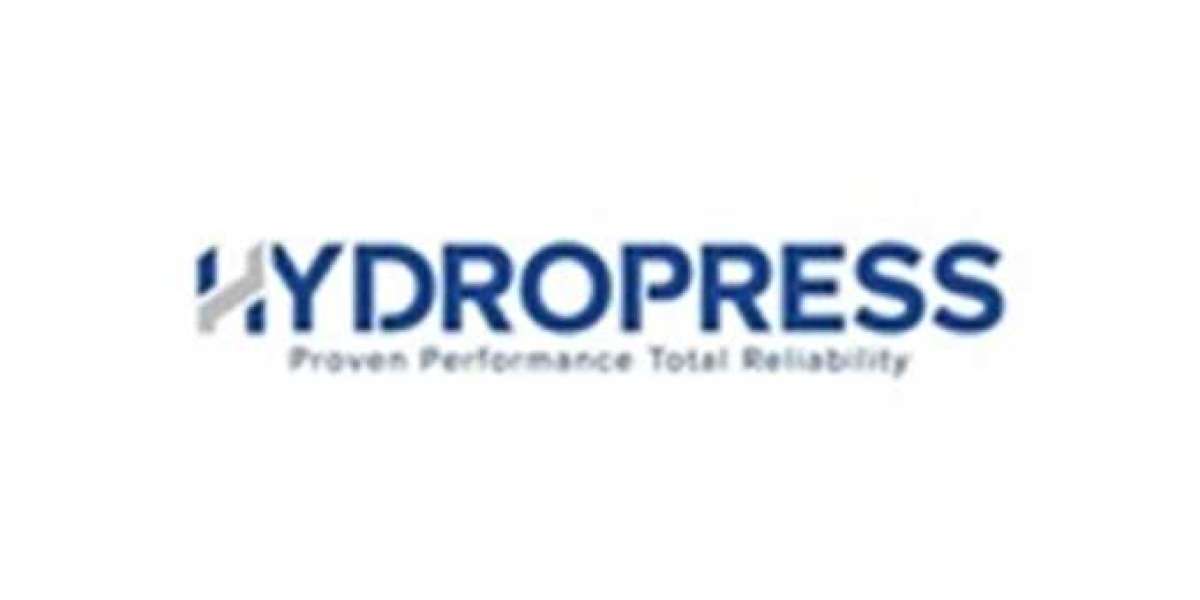Effective workforce management is a key element of running any successful business. As organizations strive to streamline operations, minimize administrative overhead, and ensure that employees adhere to work schedules, several tools have emerged to enhance efficiency. Among these, scheduling software, time and attendance software, and biometric timeclock play a pivotal role in managing and tracking workforce hours. These solutions not only save time but also reduce errors, increase productivity, and improve employee satisfaction. In this article, we explore how these technologies are revolutionizing workforce management.
The Importance of Scheduling Software in Workforce Management
In any business, managing employee schedules efficiently is crucial for maintaining smooth operations. Scheduling software is a powerful tool that allows managers to create, adjust, and monitor work schedules in real-time. Gone are the days of manually plotting shifts on paper or in spreadsheets. Scheduling software makes it easy to assign shifts based on employee availability, skills, and business needs.
One of the major benefits of scheduling software is its ability to automate many of the manual processes that once took up significant time. Managers can use the software to quickly create schedules that are optimized for productivity, while also taking into account employee preferences and legal regulations. Furthermore, employees can access their schedules online, reducing the need for constant communication and decreasing the risk of miscommunication.
Moreover, with features like shift swapping, overtime tracking, and shift reminders, scheduling software helps keep employees informed, reducing confusion and absenteeism. For businesses, this leads to a more organized and efficient workplace, which directly impacts overall performance.
Time and Attendance Software: Streamlining Time Tracking
Along with scheduling, accurate time tracking is essential for efficient workforce management. Time and attendance software allows businesses to automatically track when employees clock in and out, ensuring that hours worked are recorded accurately. This software integrates seamlessly with payroll systems, eliminating the need for manual calculations and minimizing errors.
By utilizing time and attendance software, companies can significantly reduce the administrative burden of tracking employee hours. This software often offers features like real-time attendance reporting, alerts for missed clock-ins or late arrivals, and automated overtime calculations. This functionality helps managers make data-driven decisions, such as adjusting schedules or allocating resources where needed.
The integration of time and attendance software with payroll systems also ensures that employees are paid accurately for the hours they worked. This feature not only promotes transparency but also improves employee trust and satisfaction. With less room for error, businesses can rest assured that their time tracking is reliable and compliant with labor laws.
Biometric Timeclock: Enhancing Security and Accuracy
Traditional time clocks that rely on employee badges or PIN codes can be prone to errors, fraud, or even abuse. In contrast, a biometric timeclock uses unique biological traits, such as fingerprints, facial recognition, or retina scans, to verify an employee’s identity and record their work hours. This advanced form of time tracking offers several advantages over conventional systems.
First and foremost, biometric timeclocks enhance security. Since biometrics are unique to each individual, they eliminate the possibility of buddy punching, a common issue with traditional timekeeping methods. Buddy punching occurs when one employee clocks in or out for another, resulting in inaccurate records and potential payroll fraud. By using biometric data, businesses can ensure that only the authorized employee can clock in or out, reducing instances of fraud.
Moreover, biometric timeclocks are highly accurate. They capture an employee’s time with precision, ensuring that every minute worked is recorded accurately. This leads to more reliable time data, which is crucial for both payroll processing and performance analysis.
In addition to security and accuracy, biometric timeclocks streamline the time tracking process. Employees no longer need to remember PIN codes or carry badges, which can be forgotten or lost. A quick scan of a fingerprint or face is all that is needed to clock in or out, saving valuable time and reducing the chances of human error.
Conclusion
The combination of scheduling software, time and attendance software, and biometric timeclocks offers an all-encompassing solution for managing workforce operations efficiently. Scheduling software simplifies shift management, ensuring that businesses can create optimized work schedules that consider both business needs and employee preferences. Time and attendance software automates the process of tracking work hours, reducing errors and administrative tasks while ensuring accurate payroll. Lastly, biometric timeclocks enhance security and accuracy, providing businesses with a foolproof method of time tracking.











